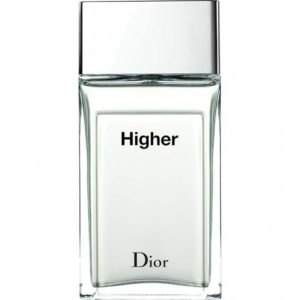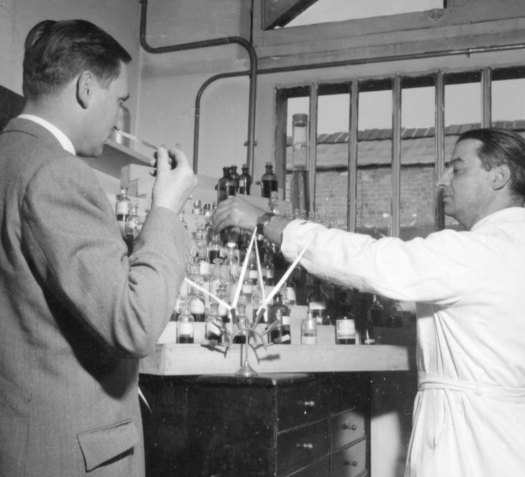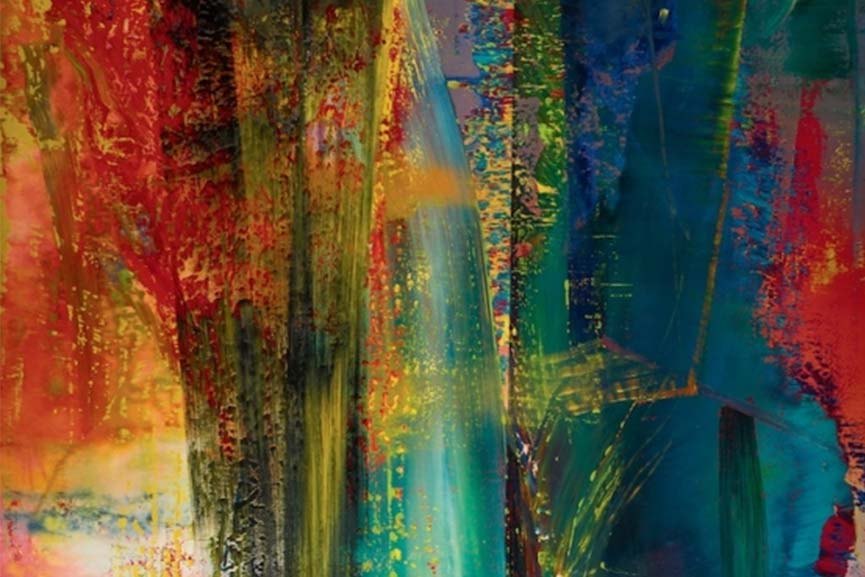At the time of writing this post, Olivier Pescheux would have had every right to be pleased with himself. The award-winning perfumer’s latest creation, Diptyque Eau Capitale, has been getting a lot of attention. You can read my review of this gorgeous rose-hued chypre here.
After studying at ISIPCA in Versailles, the Parisian worked for Payan Bertrand and Annick Goutal. He has been with Givaudan since 1998. Whether working with designer, celebrity or niche brands, Olivier Pescheux is remarkably versatile and respected for his bold style. The Paris-based perfumer has an impressive list of creations to his name. This edited list shows the breadth and depth of his works over the years:
- Christian Dior Higher EDT (2001)
- Lanvin Arpège Pour Homme EDT (2005)
- Yves Rocher Voile d’Ambre EDP (2005)
- Paco Rabanne 1 Million EDT (2008)
- Montblanc Legend EDT (2011)
- Parfums de Marly Herod EDP (2012)
- Yohji Yamamato Yohji Homme EDT (2013)
- Armani Privé Myrrhe Impériale EDP (2013)
- Davidoff Horizon EDT (2016)
- H&M Beauty Fragrance Collection (2018)
- Versace Eros Flame EDP (2018)
- Coach Dreams EDP (2020)

Olivier Pescheux is also the creative force behind a number of Diptyque fragrances, including 34 Boulevard Saint Germain, Vetyverio and Tempo. He answered my questions via email about Diptyque Eau Capitale, perfume pressures and why he’s not keen on launching his own brand.

What does your role as Vice President Perfumer at Givaudan entail?
Being a perfumer means that I create perfumes to answer our clients’ requests, and being a VP perfumer means that I am becoming older with more responsibilities.
“The idea was to illustrate the perfect perfume for a Parisien/Parisienne: chic and elegant, but also sensual and sexy.”
Using Diptyque Eau Capitale as an example, how do you approach the creation of a fragrance?
The idea behind Eau Capitale was to illustrate the perfect perfume for a Parisien/Parisienne: chic and elegant, but also sensual and sexy, ready for a date at any time. The chypre family was obvious for me. It’s how I started to work.
Did you revisit François Coty’s classic when you were creating it?
Chypre by François Coty gave birth to a new family that took the name. The base of a chypre is made of bergamot, cistus labdanum, patchouli and oakmoss. With time and to respect norms, the oakmoss was replaced by evernyl (one of the oakmoss components). Eau Capitale contains these four raw materials, but is not inspired by the pilar.
Some people have compared it with Frédéric Malle Portrait of a Lady. Your thoughts please.
It is a nice compliment, as I love Portrait. It’s rosier, more mature, with more patchouli. But both of them are grandsons of Coriandre by Jean Couturier [the classic from 1973].

According to Fragrantica, you’ve created 114 fragrances in your career so far. How do you make sure you balance quantity with quality?
Thank you, I didn’t know that. 114 fragrances in 28 years, which means four per year. It’s a good rhythm, which gives me enough time to create a fragrance without losing the quality I always want to have in my creations.
What’s been the biggest change in the industry since you first became a perfumer?
It’s the time we have to develop a fragrance. It’s quicker and quicker, and the number of projects is getting bigger and bigger.
Any prediction what will be the most important development in perfumery this decade?
People are talking about AI, but it is difficult to predict the impact it may have on creation. It could help perfumers with basic work like helping to choose the right product for a specific application (stability issue, etc). I am not expecting a big change. Small changes will probably have the most impact.

What kind of pressures do modern perfumers have to deal with?
The first pressure is time and being able to create a fragrance faster and faster while respecting norms and prices. The other is to create a fragrance that will please people in the US, China, Europe, Latin America and the Middle East!
Have you ever experienced a fundamental disagreement with a client over one of your creations? How do you deal with that?
Yes, I remember one disagreement I had. I created a fragrance where I used a new captive material. It was very strong and I knew that but, after maceration, it became overly powerful. Some customers brought back their bottle, complaining about the fragrance and they were right. It was really bad. Our client was very nice and said that he was also responsible, because he forgot to check the perfume after maceration before putting the fragrance on the shelves.

Any ambitions to launch your own fragrance company?
Not really. There are too many cooks in the kitchen! And it is not about creating a fragrance, but a brand. It demands a lot of time and energy. I am very happy with my job and I don’t have any frustrations.

Diptyque Eau Capitale is available at Skins Cosmetics.








































































































